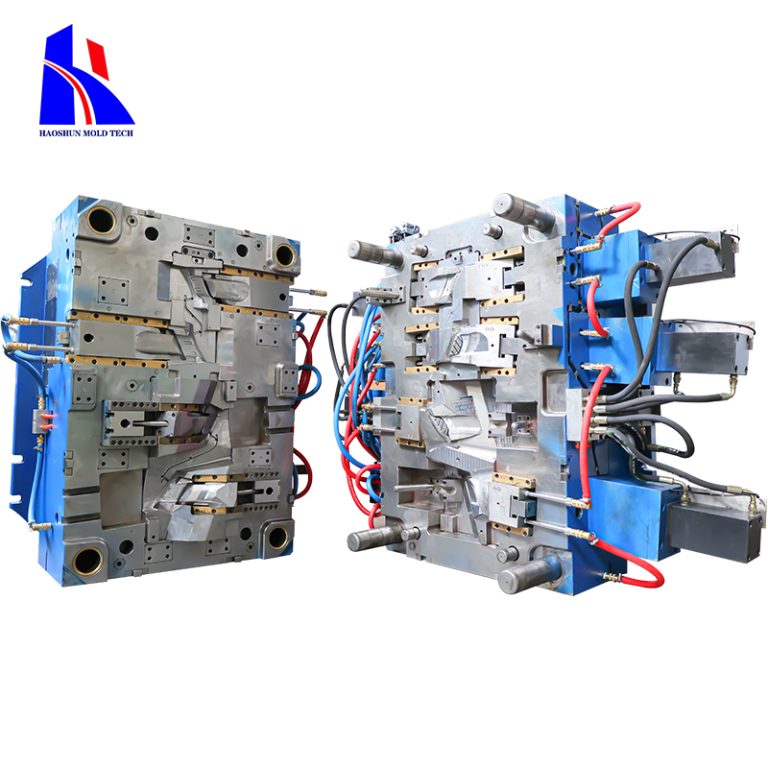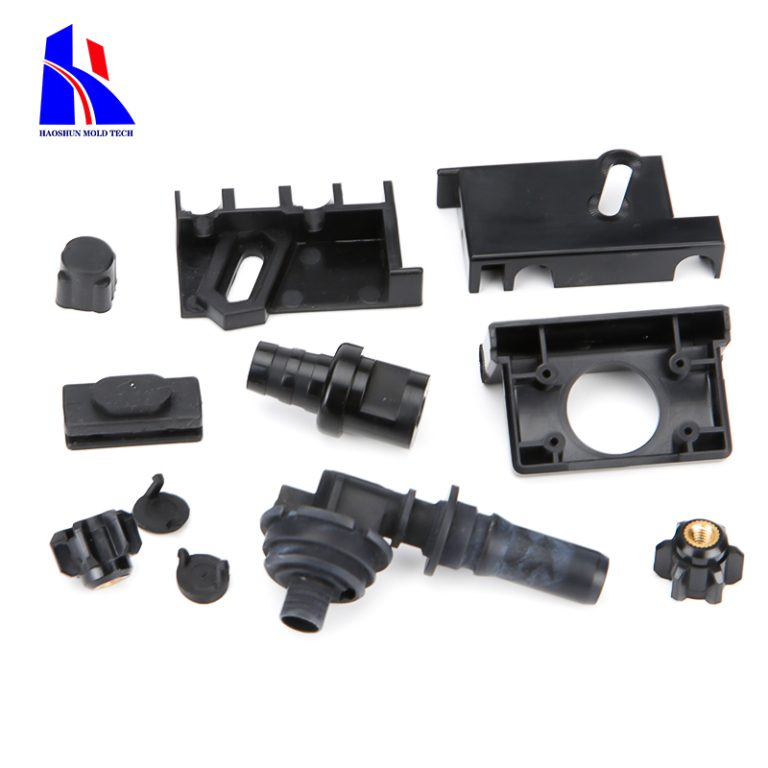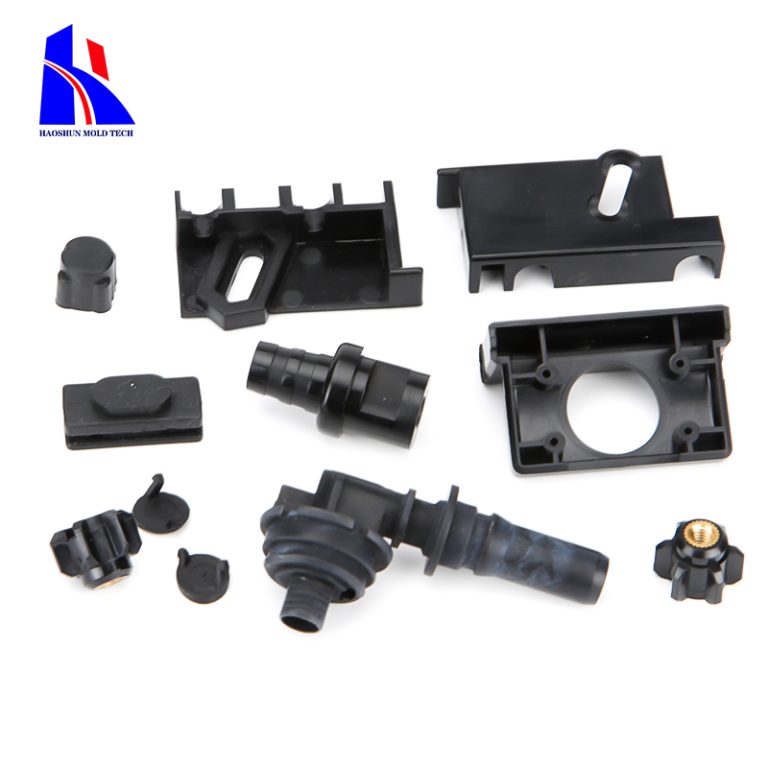injection molding for plastic container
The Basics of Injection Molding for Plastic Container Production

Injection molding is a widely used manufacturing process for producing plastic containers. It is a highly efficient and cost-effective method that allows for the mass production of containers with consistent quality and precision. In this article, we will explore the basics of injection molding for plastic container production.
The process of injection molding involves injecting molten plastic material into a mold cavity, which is then cooled and solidified to form the desired shape. The mold cavity is typically made of steel and consists of two halves, the core, and the cavity. These halves are precision-machined to create the desired shape of the container.
To begin the injection molding process, the plastic material, usually in the form of pellets or granules, is fed into a hopper. The material is then heated and melted in a barrel, which is equipped with a screw that helps to mix and homogenize the molten plastic. The molten plastic is then injected into the mold cavity under high pressure through a nozzle.
| Materials | ABS / PC+ABS / PC / PP / Nylon (PA6/66) / POM / PVC / PMMA / TPE / TPU / PC+GF / Etc. |
| Surface finish | Polishing Finish / Slik Print / Texture Finish / Rubber Painting / Glossy Finish / Painting / Slik-Screen / Pad Print / EMI Coating / Electronic Plating / Laser Marking / Etc. |
| Technology | Foaming / Ordinary Injection / Structual Foam Molding / Over-Molding / Gas Assisted Injection Molding |
Once the mold cavity is filled with the molten plastic, it is cooled using a cooling system, typically consisting of water channels within the mold. The cooling process solidifies the plastic, allowing it to retain the shape of the mold cavity. The cooling time can vary depending on the size and thickness of the container, as well as the type of plastic material used.
After the plastic has solidified, the mold is opened, and the container is ejected from the mold cavity using ejector pins. The container is then ready for further processing, such as trimming excess material or adding additional features like handles or lids.

Injection molding offers several advantages for plastic container production. Firstly, it allows for the production of containers with complex shapes and intricate details that would be difficult or impossible to achieve with other manufacturing methods. This is particularly beneficial for containers with unique designs or branding elements.
Secondly, injection molding enables high production volumes, making it suitable for large-scale manufacturing. The process can be automated, reducing labor costs and increasing production efficiency. Additionally, injection molding allows for consistent quality and dimensional accuracy, ensuring that each container meets the required specifications.
Furthermore, injection molding offers a wide range of material options for plastic container production. Different types of plastics can be used, including polyethylene (PE), polypropylene (PP), polyethylene terephthalate (PET), and polystyrene (PS), among others. Each material has its own unique properties, such as strength, flexibility, and transparency, allowing for customization based on the specific requirements of the container.
In conclusion, injection molding is a highly efficient and cost-effective method for producing plastic containers. The process involves injecting molten plastic into a mold cavity, which is then cooled and solidified to form the desired shape. Injection molding offers advantages such as the ability to produce containers with complex shapes, high production volumes, consistent quality, and a wide range of material options. With its versatility and reliability, injection molding continues to be a popular choice for plastic container production in various industries.








